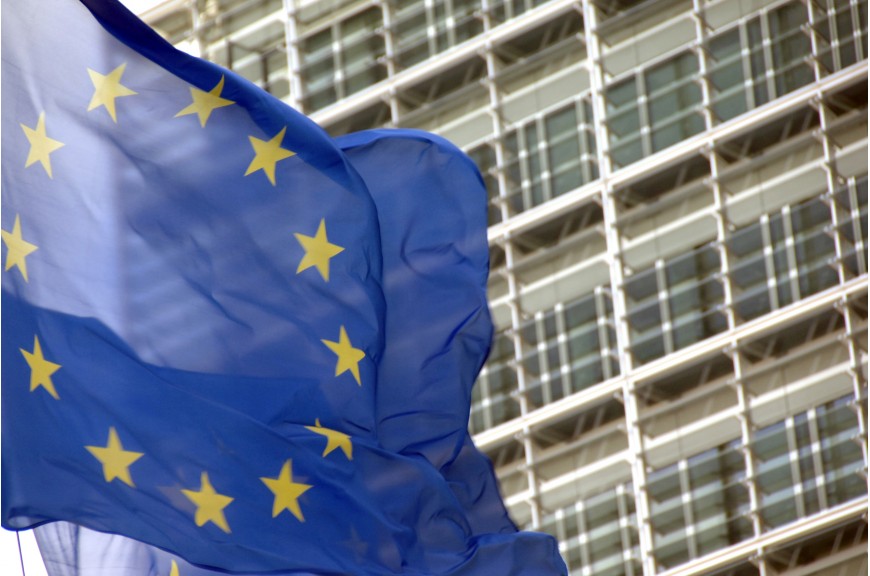The views of the sector are divided between the welcome to the existence of the Directive and the dismay of the feeling that it could have aspired to much more in a historical opportunity for Europe
The new European Directive that will lay the foundations for the development of everything related to energy with the 2030 horizon (energy efficiency, renewable energies and greenhouse gas emissions) is beginning to glimpse no lack of controversy.
Currently the text is only the proposal of the European Commission that should be discussed by the European Parliament and by the European Council. The final text is not expected to be adopted before the end of 2019, probably coming into force in 2020.
From the text highlight some new improvements that the sector observes with hope, such as the so-called “Spanish clause” that refers to the retroactivity of the support systems, or the focus that it tries to put on the consumer for its empowerment as a manager of its energy.
It also makes extensive reference to the promotion of self-consumption, both at the individual user level and in communities and seeks to improve technically the management of energy throughout the European electricity system.
However, if the lights are clear the shadows, if not so obvious, are very quiet and are the ones that leave the feeling of “more of the same”. The hand of the traditional lobbies is noted in a text that is lacking in ambition and ensures the traditional “dirty” business of energy production for a few more years.
The directive aims at eliminating the national targets that included the previous version and replacing them with a common goal for the whole European Union. In this case, the goal in energy efficiency is to achieve a reduction of 30% compared to 1990, and for renewable energy it sets the target share at 27% of total energy consumption.
Since it is expected that it was already over 20% by 2020, the 27% target seems like a bad joke. The text itself indicates that values of 24.5% would be achieved without doing anything more than what is being done now.
The planned investments amount to 25,000 million euros per year, which for the current European population barely equals € 34 per person per year. For example, in 2011, more than 100,000 million euros of investment in the sector were surpassed, which shows 25,000 is quite low expectation.
The disconnection of the Commission with the current technological reality and the possibilities that it represents today is total. As an example, regarding energy consumption in transport, the directive barely talks about the electric car while in countries like Norway the sale of gasoline and diesel cars will be prohibited since 2025. This is just one example, but shows that the reality of sector progresses much faster than the slow European bureaucracy, and notes that the Commission’s plans are based on premises that have already become obsolete.
The text is not yet definitive, but it is obvious that the passage through Parliament and the Council is more likely to readjust it downward than upwards, which would mean once again that this Europe is divided by the interests of each country and each Lobbie is unable to be the leader in Renewable Energies that he should be called to be. China and India take the lead of this leadership from which it seems that the US will fall with the entrance of Trump. The change is unstoppable and whoever is able to lead it will take the greatest benefits of it, the European dis-Union seems not to be interested.




